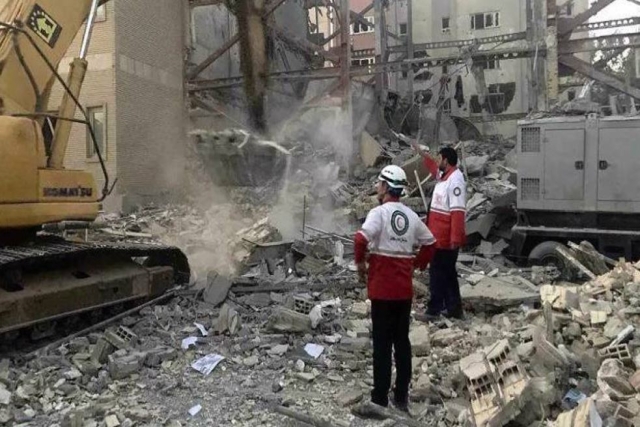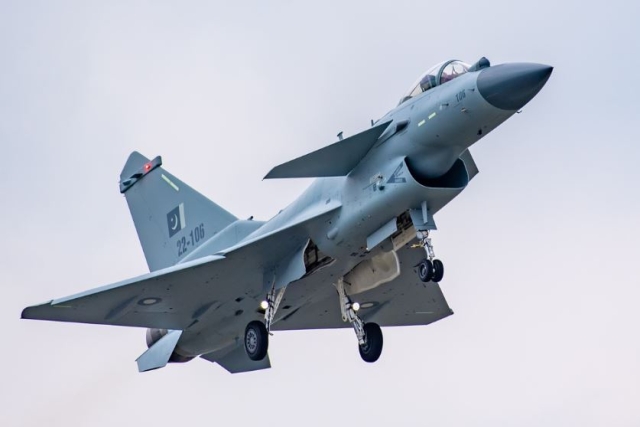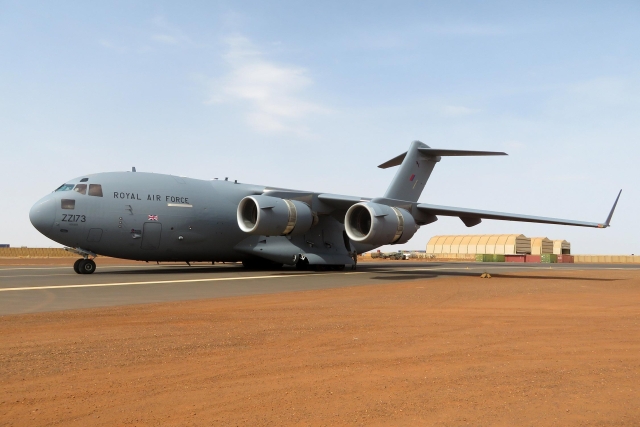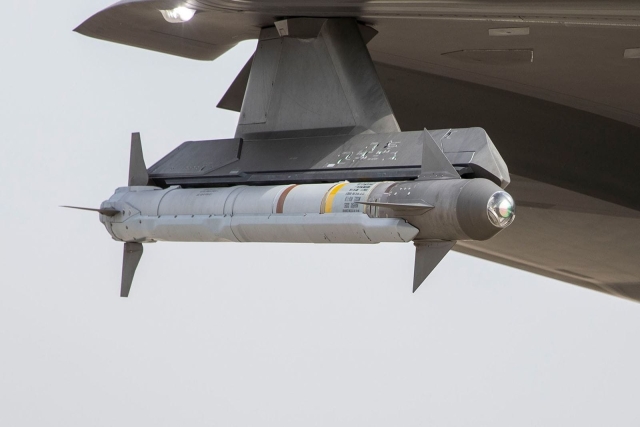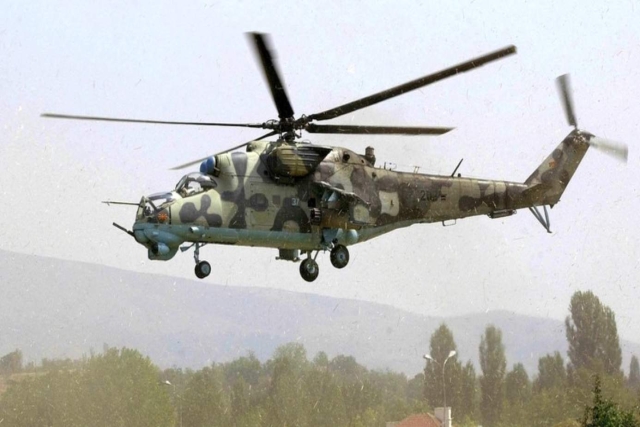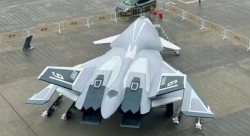Air Base, Intelligence Center among 5 Israeli Facilities Hit By Iranian Missiles
Satellite data reveals Iranian missiles penetrated Israeli defenses during 12-day war, striking key military targets across the country
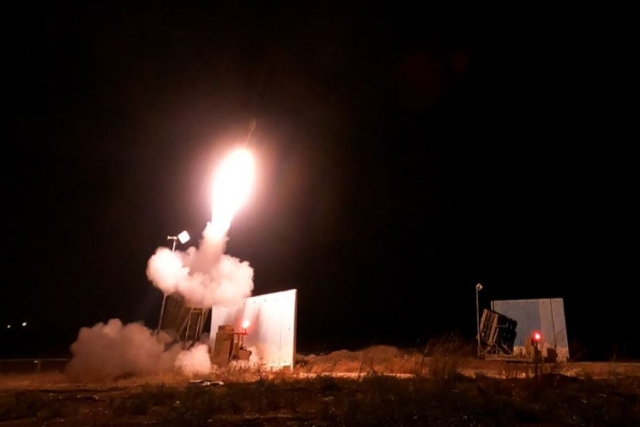
Iranian missiles struck five Israeli military sites during last month’s 12-day war, in what satellite data suggests may have been Tehran’s most direct hit on Israel’s strategic infrastructure to date.
According to radar-based satellite data analyzed by researchers at Oregon State University and reported by The Telegraph, six Iranian missiles struck strategic military sites across northern, central, and southern Israel. The impacted locations included a major air force base, an intelligence collection center, and a logistics hub. This marks the first visual confirmation that Israel’s military infrastructure was directly affected during the conflict.
Despite the findings, the Israeli government has not disclosed any damage to its military installations. The Israel Defense Forces (IDF) declined to comment on the interception rate or specific damage. "All relevant units maintained functional continuity throughout the operation," an IDF spokesperson told The Telegraph.
Israeli media outlets remain unable to verify or report on the incidents due to strict military censorship laws. The IDF also issued a warning to the public on June 13, urging them not to share photos or locations of missile impacts.
The new satellite data contradicts earlier assumptions that only civilian infrastructure had been hit. Previous reporting focused on the 36 Iranian missiles that reached residential and industrial sites, but the radar analysis now points to a broader scope of Iran's offensive.
“The radar signatures we analyzed show definitive blast patterns at five separate military sites,” said Corey Scher, a researcher at Oregon State University. “These are consistent with missile strikes that likely occurred during the height of the conflict.”
The conflict began on June 13, when Israeli airstrikes targeted Iranian military, nuclear, and civilian sites, resulting in at least 900 deaths, according to Iranian rights groups. Iran responded with a wave of missile and drone attacks, killing at least 29 people in Israel and injuring over 3,400, according to data from Hebrew University of Jerusalem. The conflict ended with a U.S.-brokered ceasefire on June 24.
Iran's missile penetration rate reportedly increased as the war progressed. While Israeli sources claim that 84–87 percent of incoming missiles were intercepted, satellite data indicated that up to 16 percent of Iranian projectiles broke through the defenses by the seventh day of fighting.
The rise in successful strikes may be linked to Iran’s shift in tactics, including the combined use of missiles and slower drones to overwhelm Israeli air defense systems. An Iranian official told The Telegraph that although many drones were intercepted, their role was to “cause confusion” in Israeli response systems.
The analysis suggests that Israel’s limited stockpile of interceptor missiles and changes in Iran’s missile technology contributed to the increase in strike success. Israeli sources estimate that Iran began the war with 2,000 to 2,500 ballistic missiles and over 400 launchers, though more than 200 launchers were reportedly destroyed.
A more detailed assessment of damage on both sides is expected in the coming weeks from the Oregon State research group.



